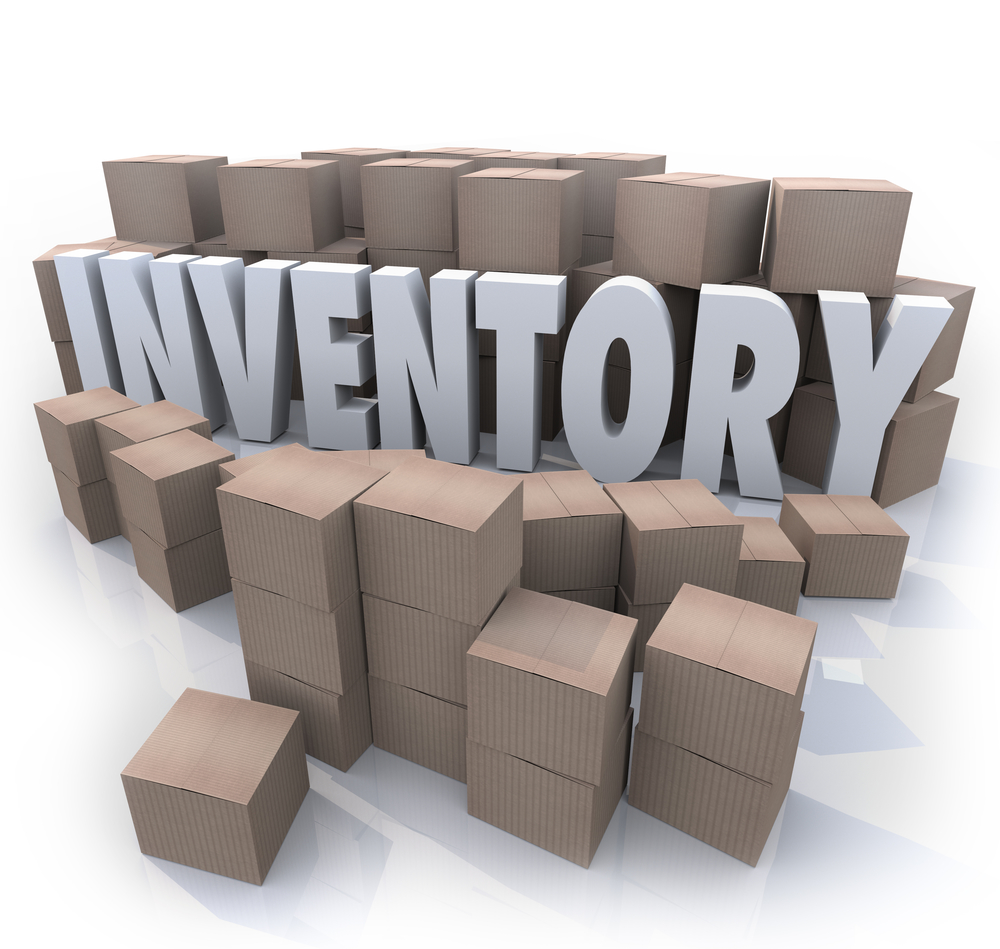
As part of the process of achieving a business valuation, you will need to explore all the current assets and inventory in your business. It is likely expected that after you complete the business valuation, due diligence and official sale of your e-commerce business that you will transfer any remaining inventory over to the new buyer.
The new buyer might request specifics about the inventory you already have in place, and having the structure and logistics already planned out prior to listing the company for sale can make it easy for you when you make this transition. Valuing your inventory can be complex if you do not retain the services of someone who is familiar with the business sale and inventory valuation process.
Basics of Inventory
There’s no doubt that inventory is required to run your business and the new buyer might be expecting a certain amount of inventory when you pass the business along. Having a certain amount of inventory in your possession already might have been the first clue that you wanted to sell your e-commerce business to begin with, but the question of “how do I value my inventory” might still be at the top of your priority list before listing your company for sale.
What is Normal Inventory?
A normal inventory level is usually included in the purchase price of a business, so that the new owner can sustain current revenues that are already being generated by the business. Failing to include an appropriate amount of inventory could cause the new owner to suffer a gap in the cashflow of the company.
Everything over an amount of the standard inventory level needs to be valued so that the new buyer can review this amount for purchase purposes above and beyond the traditional business valuation. The following generally occurs when asking the question of “How do I value my inventory?”:
Due to the complexities involved in valuing an inventory, it is strongly recommended that you schedule a consultation with an experienced and knowledgeable business broker.